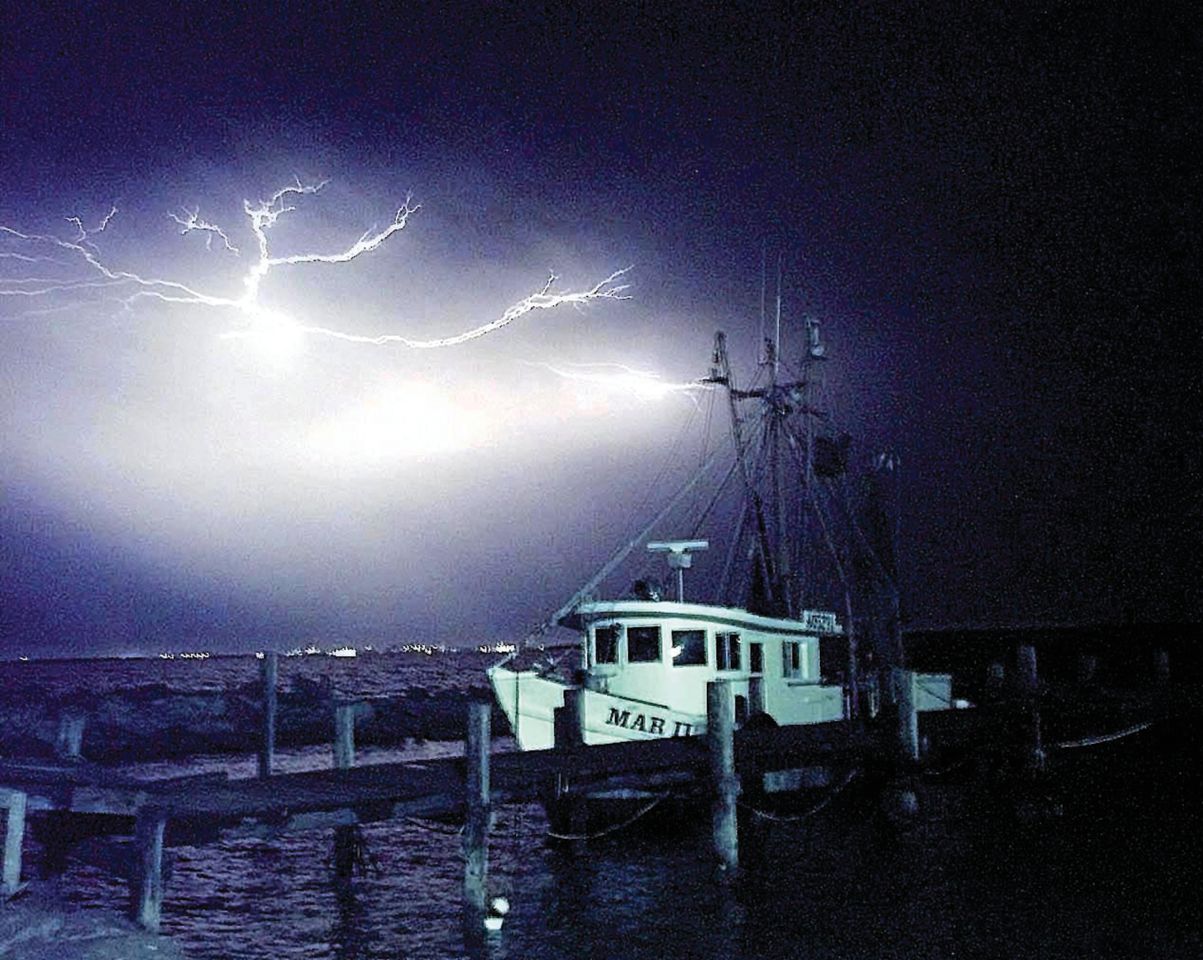Freeboard can be thought of as a metaphor for coastal populations adapting to the increased hazards associated with climate change and population growth. Climate change will bring about a change in the magnitude of the hazards already faced by coastal populations, but not necessarily a change in the types of hazards. Population growth will likewise expose more people to threats we already understand.
| “Freeboard” is a concept from the practice of irrigation and drainage science that refers to the amount of water that might rise above a weir in a drainage canal, or to the amount of space above a flood elevation. To be insured under the NFIP, the floor of a house must be at or above the BFE, or base flood elevation. Any elevation above this level would be referred to as freeboard, essentially an additional buffer against the probability of higher floods. |
What is needed, then, is to add some “freeboard” to policies and practices already in play, or that should be in play, to account for the negative effects likely to be associated with climate change and/or population growth. Even if coastal populations do not add the needed freeboard to those things they need to do to adapt to the current rigors of coastal living, this much is clear: if they simply put into place those policies and practices currently advocated by leading hazard management practitioners, they will have taken giant steps toward adapting to future changes brought about both climate change and population growth.
The best policy for enabling coastal populations in the Gulf Coast states to adapt to change, then, is to promote compliance with current best practices. Making state and local policy makers aware of the additional threats presented by climate change may help hasten their adoption of policies they already know they should have.




